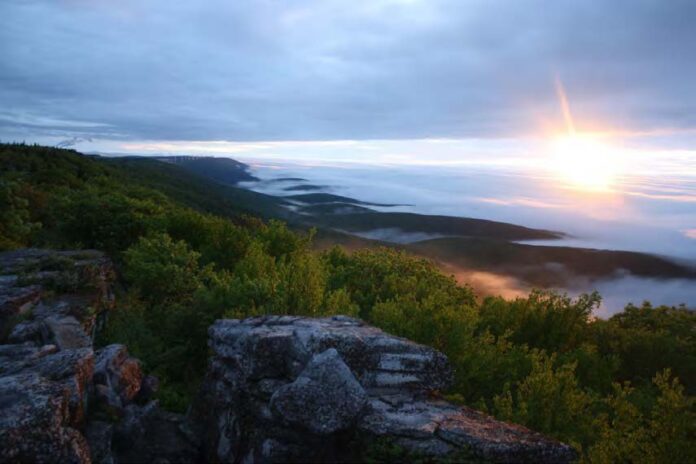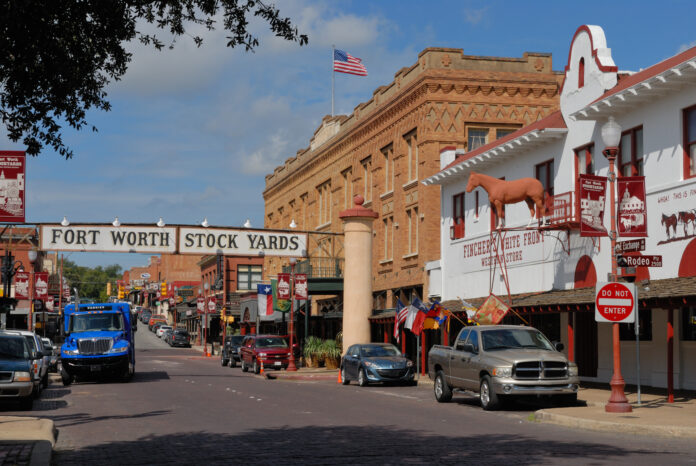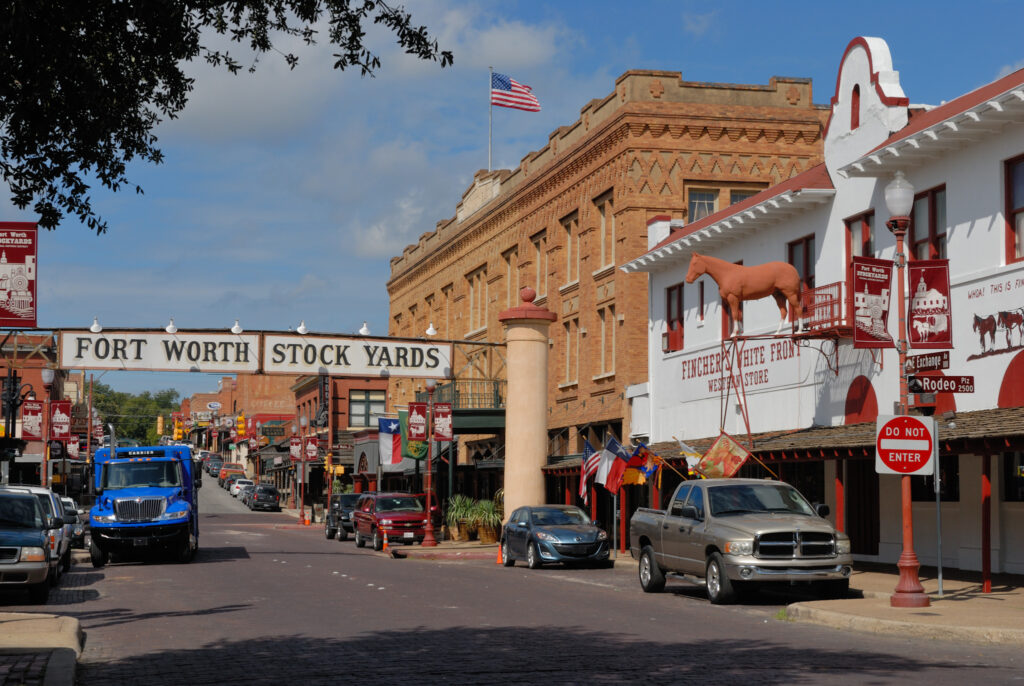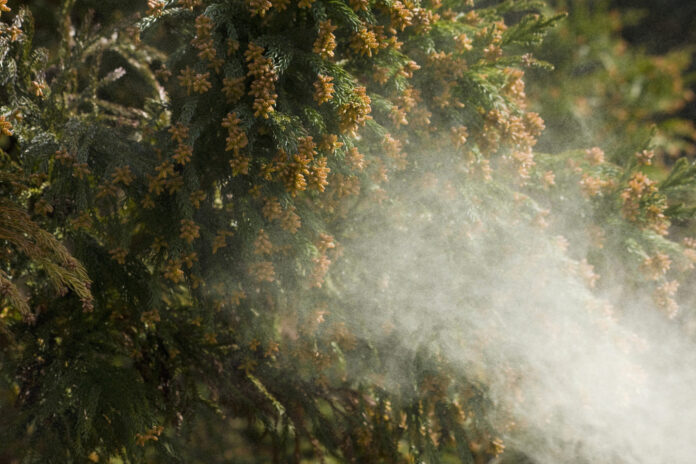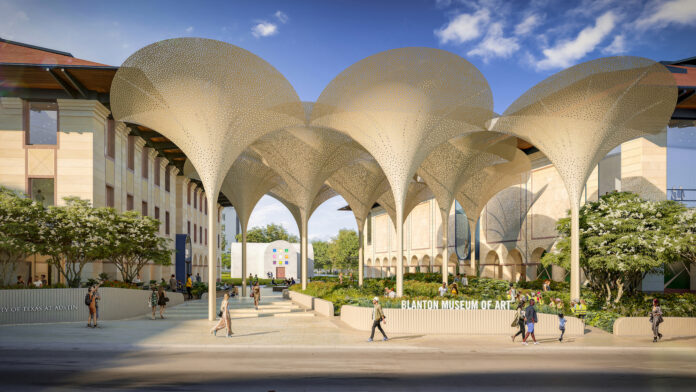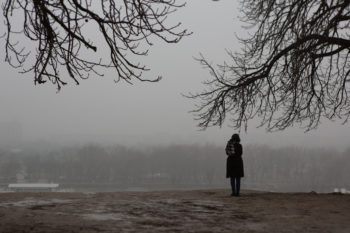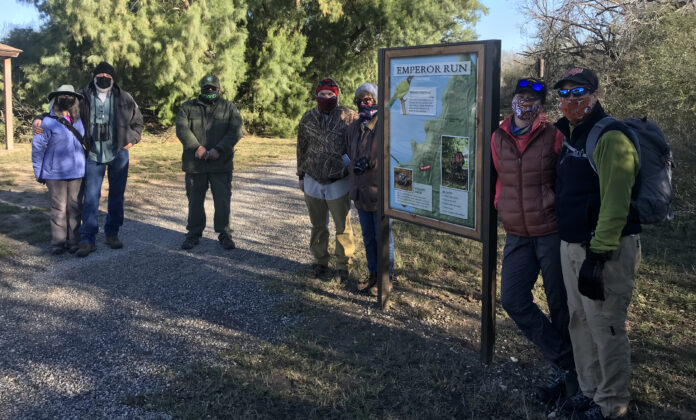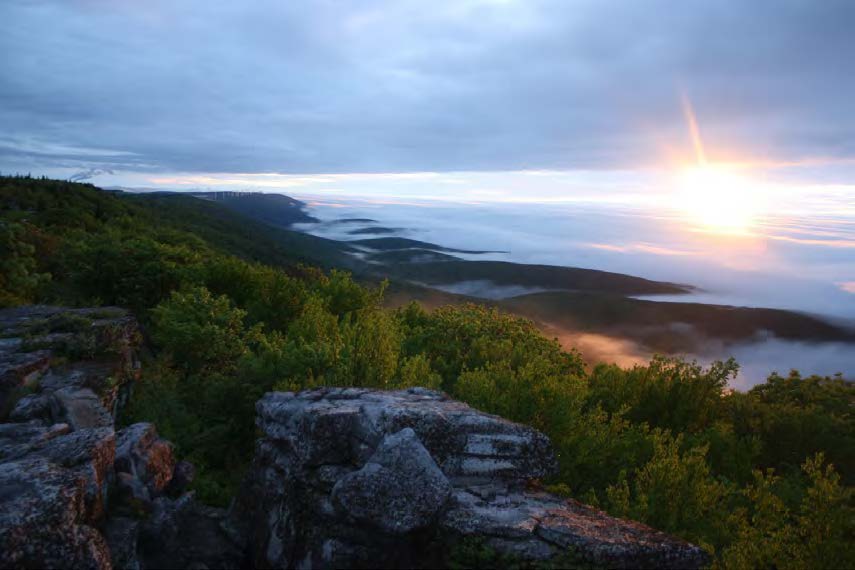
WASHINGTON – Secretary of the Interior David L. Bernhardt this week designated three new sites as national natural landmarks. The sites in West Virginia, Colorado and California bring the number of national natural landmarks in the U.S. to 602, heralding an important milestone for the National Park Service’s National Natural Landmarks Program.
“The Trump Administration has prioritized conservation since day one, and we have made historic progress to improve conservation stewardship nationwide,” said Secretary Bernhardt. “With more than 600 national natural landmarks, we recognize and celebrate the breadth and diversity of America’s natural beauty and our partners for their commitment to conserving America’s natural heritage.”
“Having grown up in West Virginia I spent countless hours at Bear Rocks, marveling at the spectacular vistas and appreciating the diversity of plants and wildlife that make it such a special place and so worthy of this designation,” said Margaret Everson Counselor to the Secretary, exercising the delegated authority of the National Park Service Director. “The designation of these three new sites as NPS natural national landmarks further underscore the Administration’s commitment to conservation.”
The new sites are: Bear Rocks and Allegheny Front Preserve in West Virginia, recognized as the 600th NNL; Sulphur Cave and Spring in Colorado; and Lanphere and Ma-le’l Dunes in California.
- Bear Rocks and Allegheny Front Preserve, WV, is owned by The Nature Conservancy, and is the best example of a plateau within the Appalachian Plateaus Province. This stunning high-elevation plateau provides a vantage point from which to view the surrounding lands for miles. It also supports a diverse ecology, including cold-adapted, wind-swept spruce trees, normally found much farther north.
- Sulphur Cave and Spring, CO, is owned by the City of Steamboat Springs, and is a superb example of a cave formed solely by sulfuric acid, an extremely rare process of cave formation. The cave’s toxic underground environment would typically preclude life; however, Sulphur Cave contains a flourishing bacterial community that actually aids in the cave’s development, and a recently discovered blood-red worm that is unique to this cave, found nowhere else in the world.
- Lanphere and Ma-le’l Dunes, CA, is owned by the Bureau of Land Management and the US Fish and Wildlife Service and represents one of the most diverse and highest quality remnants of coastal dunes habitat in the North Pacific Border physiographic province. Located west of Arcata in northwestern California, it is within the Humboldt Bay National Wildlife Refuge and Ma-Le’l Dunes Cooperative Management Area, this site includes a diverse array of native vegetation and is known for several species of rare flora. This site is very scenic and affords the public an inspiring view of a natural coastal ecosystem that was once common along the western coast.
The National Natural Landmarks Program, administered by the National Park Service, recognizes and encourages the conservation of sites that contain outstanding biological and geological resources. Sites are designated by the Secretary of the Interior for their outstanding condition, illustrative character, rarity, diversity, and value to science and education. National Park Service staff work cooperatively with landowners, managers and partners to promote conservation and appreciation of our nation’s natural heritage. With today’s announcement, there are 602 landmarks that have received the national natural landmark designation within the United States, American Samoa, Guam, Puerto Rico, and the U.S. Virgin Islands.


